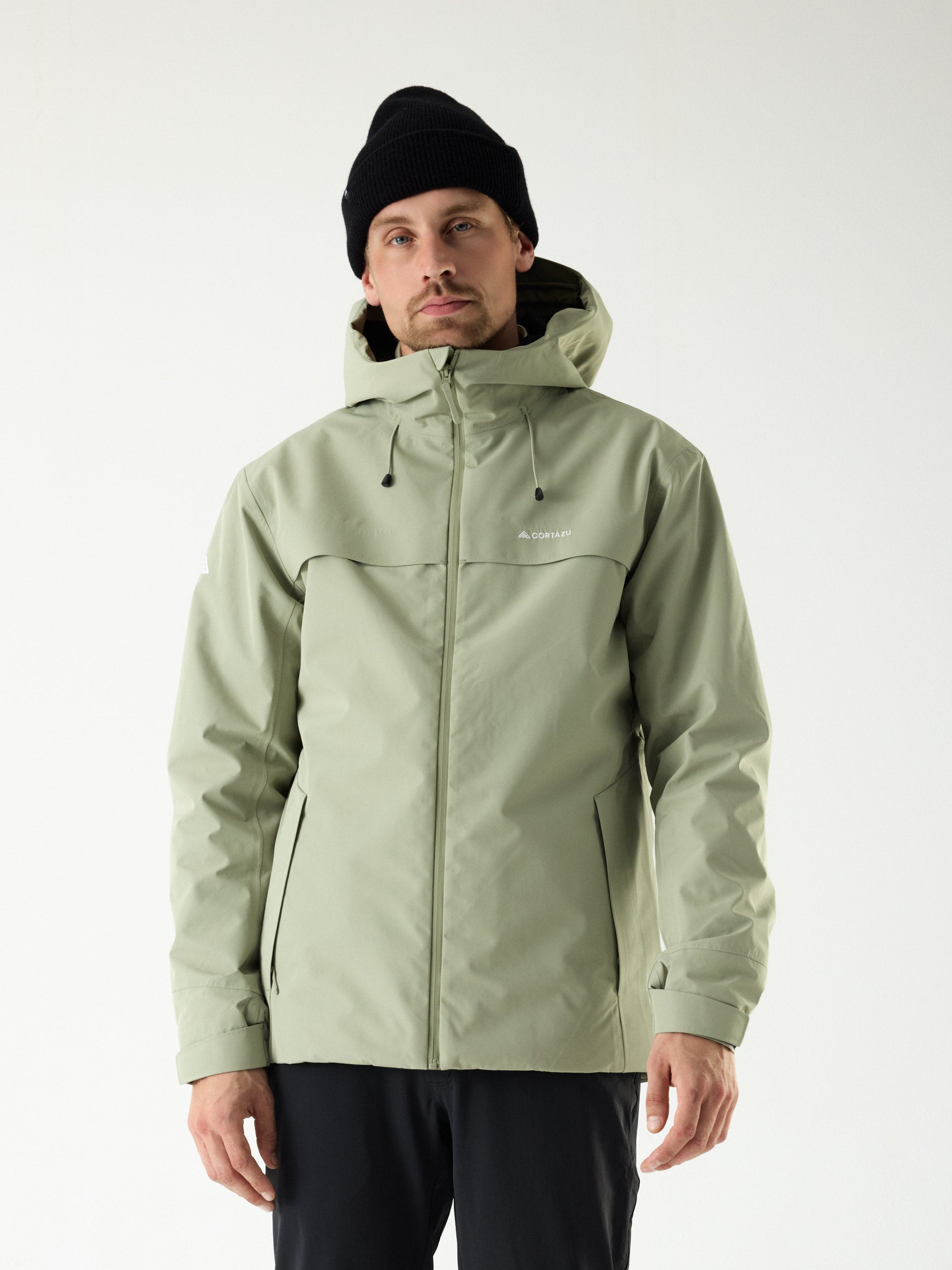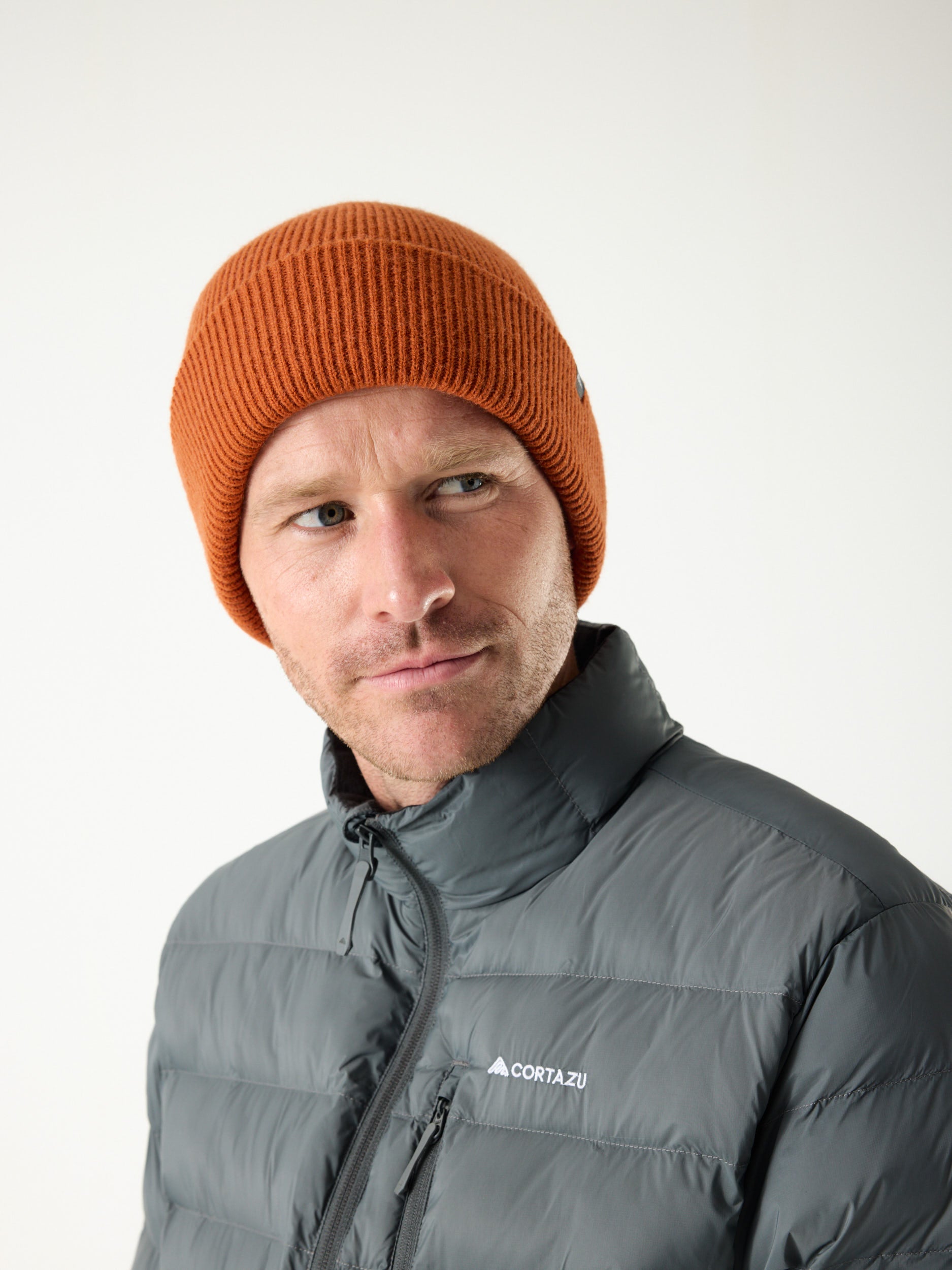Hiking in summer brings its own set of challenges. Whether this is your first time mountain climbing or you're an experienced pro, it's essential to consider what you're wearing. Take it from someone who has walked several kilometers in the rain without the proper gear: having a well-thought-out combination of clothes makes a significant difference. In this article, you'll learn how to dress for summer hiking, so you can get the most out of the experience.

Consider the fabrics
Before purchasing any outdoor gear, read about the materials used in outdoor gear. Merino wool is an excellent choice for hiking in hot weather. It's a quick-drying fabric that pulls moisture away from your skin's surface through tiny gaps, making it perfect for temperature regulation. Polyester and nylon are also excellent options. While synthetic fabrics are ideal for quickly drying moisture, they are also susceptible to bacteria growth and odour, so be cautious when using them on longer hikes.
Do not wear cotton socks
Wool or synthetic blends are some of the best summer hiking socks options. Merino wool is soft and comfortable, does not retain odours, and has excellent moisture management properties, as previously stated. Summer socks made of a mix of merino wool, nylon, and spandex or elastane are among the best.
Always have a hat with you
A hat should always be included in your hiking packing list. A hat provides important sun protection for your face and neck. A baseball cap provides adequate shade but bucket wide-brimmed hats provide the most protection.
Cover up
More coverage means extra protection against UV radiation. Wearing additional clothing is really important, especially for individuals who have sun allergies or have sensitive skin.
What to wear hiking in summer
If you're new to exploring the outdoors, the following list can assist you in selecting the appropriate gear for a summer trek. You won't need the entire list of things below as a beginner, but there are a few that are essential. The list will specify which items are necessary for your trek and which may be acquired later as you advance to more challenging conditions.
Lightweight waterproof/windproof jacket. Required: absolutely.
When hiking in areas where it rains frequently, good membrane jackets are essential. The jacket should be both waterproof and breathable, which means it will keep you dry and warm while also allowing you to sweat.

Rain pants. Required: recommended.
Waterproof pants are designed to keep you dry and comfortable when it's raining or windy outside. They are recommended if you plan to hike in a climate where it rains a lot or you will be exposed to cold wind.
Hiking pants. Required: absolutely.
The convertible hiking pants are a great option as they give you a lot of flexibility along your trail. The bottom part of the legs can be removed using zips which run sideways around the leg and enables you to create a pair of shorts when the weather turns warm.
T-shirts. Required: absolutely.
A merino wool short-sleeve T-shirt is perfect in warm weather, and a long-sleeve top is fine for cool conditions. Generally, 2-3 T-shirts should be enough for a 6-day hike.
Fleece jacket. Required: absolutely.
To keep warm on chilly evenings, you will also need a fleece jacket. They are warm, quick-drying and easy to layer. The men’s fleece jackets and women’s fleece jackets from Cortazu also come with a waterproof yoke to keep your upper part dry in events of rain.

Underwear: Required: absolutely.
For underwear, it is advised to avoid cotton and go for breathable underwear made from a synthetic material, like polyester, or merino wool.
Socks: Required: absolutely.
You should bring at least three pairs of socks on a 5- to 6-day hike. A mix of merino wool and nylon is the best for hiking purposes.
Cap/hat/buff for protection from the sun. Required: recommended.
The most basic function of a hiking hat is to protect you from the sun's UV rays. Check the Ultraviolet Protection Factor (UPF) rating on your hat to see how well it can do this. The scale will tell you how much radiation it allows to reach your skin. Ratings often range from 30 to 50.
Trekking boots or shoes. Required: optional.
Hiking boots should fit snug everywhere and allow you to move your toes. Before making the purchase it is important to try them on at the end of the day when your feet are swollen and while wearing the hiking socks.
Don’t forget these items on your summer hike
Besides the summer hiking clothing, you should also consider a few additional items. The information about these essentials and why you need them may be found in the list below.
Extra water: When hiking in the heat, it's critical to stay hydrated. Your drinks will remain cold for up to 24 hours in the Cortazu Water Bottle.
Sunglasses: On a long summer hike, the sunglasses will reduce part of the light that strikes your eyes.
Insect repellent: Mosquitoes will almost certainly be an issue over the summer. Insect repellents with DEET, picaridin, or oil of lemon eucalyptus are safe for your skin and can be sprayed to keep the mosquitoes away.
Sunscreen protection: You should use sunscreen even in cloudy weather as the sun's rays can still pass even through the clouds.
Lightweight camping chair: Bringing an outdoor chair with you is a great way to unwind and take a rest. Cortazu's foldable lightweight outdoor chair is a good choice as it's easy to pack and carry while it also provides you with the comfort you need.













